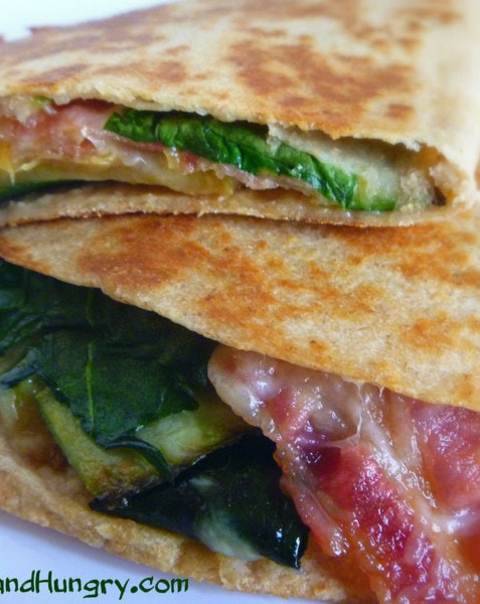Your gateway to endless inspiration
Veggie - Blog Posts
Mmfc au shenanigans (draw them if you like)








Pasta - Creamy Salmon Mac and Cheese Take a creamy baked mac and cheese recipe and add some tender flaked fresh salmon to it for a delicious meal.
Space Gardening 101
You can’t escape eating (or gardening!) your vegetables, even if you’re in space. On Aug. 10, astronauts on the International Space Station sampled their first space grown salad. This freshly harvest red romaine lettuce was grown in the “Veggie” plant growth chamber that is designed to make gardens flourish in weightlessness.
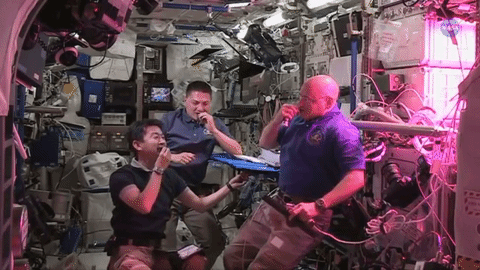
In a weightless environment, there is no up and down, so roots grow in all directions. Water and soil, the materials used to anchor these plants and allow for root growth tend to float away.
How Do We Grow Plants in Space?
1. Plant Pillows
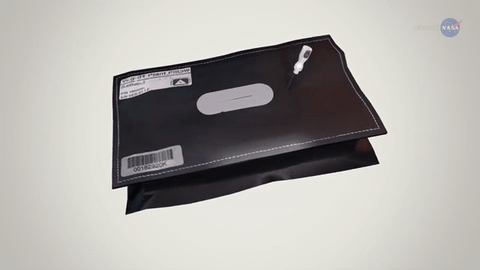
The Veggie chamber helps solve the problems of a weightless environment by using ‘plant pillows’, sounds comfy right? These pillows are bags filled with material for growing plants in space.
2. Wicks

Wicks are implanted into the bags and are used to draw water from inside the pillow to the plant.
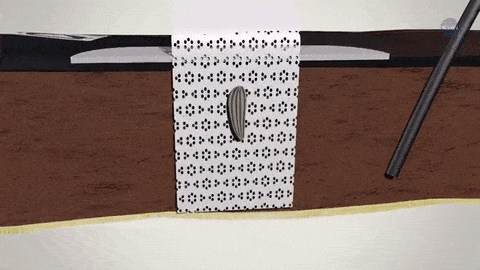
These wicks also provide a place to glue the seeds. It’s important to orient the seeds so roots will grow ‘down’, and shoots that emerge will push out of the bag.
3. LED Lights
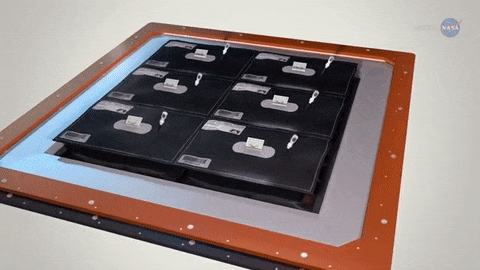
LED lights are used for photosynthesis and give the shoots a sense of direction so they keep growing upward. The walls of the Veggie chamber can expand to make room for the plant as it grows.
The purple/pinkish hue surrounding the plants in Veggie is the result of a combination of the red and blue lights, which is what the plants need to grow. Green LEDS were added so the plants look like edible food rather than weird purple plants.
Why are we growing plants in space?
When astronauts travel on deep space missions, like Mars, they will need to be self-sufficient for long periods of time. Having the ability to grow their own food is a big step in that direction. There is also a desire to grow flowering vegetables in space, which is why we are currently tending to zinnia flowers on orbit. Growing these flowering plants will help us understand longer duration growing plants that have to flower in space, such as tomatoes.
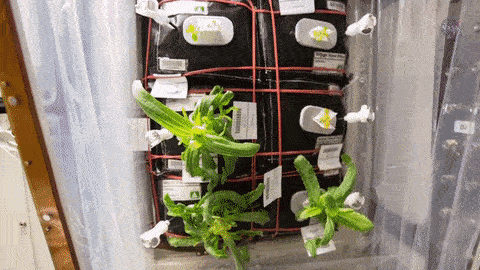
What’s Next? The next SpaceX delivery will include seeds for a small cabbage and additional red romaine lettuce. Upcoming experiments will use various ratios of red and blue lights and different fertilizers in attempts to improve crop yield, nutrition and flavor. The findings from these experiments can be utilized both on Earth and in space.
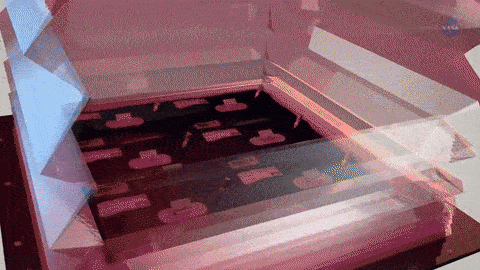
In addition to the nutrition benefits of growing vegetables in space, the psychological benefits are also significant. Having living plants can help with stress and increase the crews’ enjoyment. It provides the sights, smells and tastes of Earth.
To learn more about gardening in space, watch ScienceCast HERE.
Make sure to follow us on Tumblr for your regular dose of space: http://nasa.tumblr.com
International Space Station
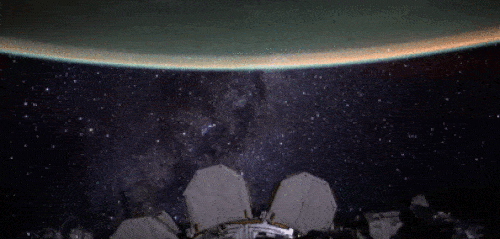
The International Space Station is an important and special place that is built on international cooperation and partnership. The station is a convergence of science, technology and human innovation that benefits and advances our global community here on Earth.

While the space station is an important aspect of our low-Earth orbit exploration, it is also the key to our next giant leap to deep space and our Journey to Mars. For example, our recent VEGGIE experiment aboard the space station is a critical aspect of long-duration exploration missions farther into the solar system. Food grown in space will be a resource for crew members that can provide them will essential vitamins and nutrients that will help enable deep space pioneering.
Another important experiment underway is the Twins Study that involves twin astronauts Scott and Mark Kelly. These investigations will provide insight into the subtle effects and changes that may occur in spaceflight as compared to Earth by studying two individuals who have the same genetics, but are in different environments for one year. You can follow Scott Kelly as he spends a year in space.
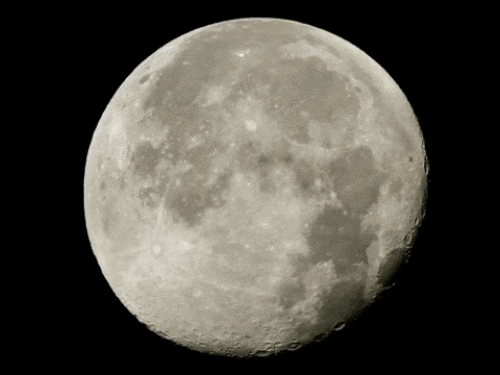
The space station is the second brightest object in the sky (after the moon, of course), and you don’t even need a telescope to see it! We can even tell you exactly when and where to look up to Spot the Station in your area!
So, as you look to spot the station in the sky, remember that even though it may look small from Earth, the crew onboard (and at home) are making contributions to international partnerships and global research.

